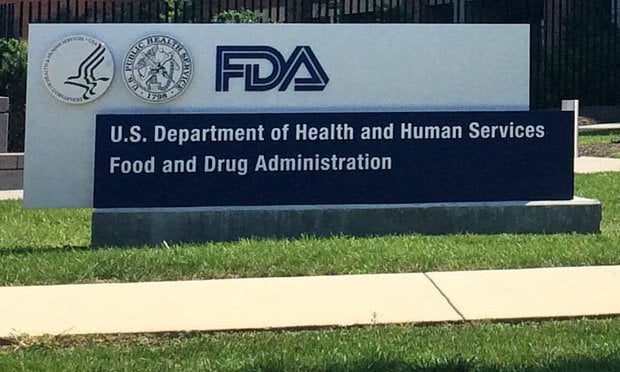The IRS has set new limits in Revenue Procedure 2017-37 for health savings accounts (HSAs) for 2018. While they're not a lot higher, these days every little bit counts:
-
The contribution limits for individual accounts rise to $3,450 (from 2017's $3,400)
-
Family coverage rises to $6,900 (from 2017′s from $6,700)
-
Maximum out-of-pocket figures are also up: for single coverage to $6,650 (from 2017′s $6,550) and for family coverage to $13,300 (from 2017′s $13,100)
The IRS publication contains the inflation-adjusted HSA contribution limits for calendar year 2018, as well as the minimum deductible and maximum out-of-pocket expenses for high-deductible health plans with which HSAs must be paired.
But the triple-tax-advantaged HSAs can provide account owners with benefits beyond savings to pay for health expenses. Deposits into an HSA are tax free; contributions grow within the account tax free; and distributions are tax free as long as the money is used for out-of-pocket health care expenses, including deductibles.
If the money is withdrawn before the account owner turns 65, and gets spent on something other than an eligible expense for health care, however, it's penalized—at a rate of 20 percent—and taxed.
Complete your profile to continue reading and get FREE access to BenefitsPRO, part of your ALM digital membership.
Your access to unlimited BenefitsPRO content isn’t changing.
Once you are an ALM digital member, you’ll receive:
- Critical BenefitsPRO information including cutting edge post-reform success strategies, access to educational webcasts and videos, resources from industry leaders, and informative Newsletters.
- Exclusive discounts on ALM, BenefitsPRO magazine and BenefitsPRO.com events
- Access to other award-winning ALM websites including ThinkAdvisor.com and Law.com
Already have an account? Sign In
© 2024 ALM Global, LLC, All Rights Reserved. Request academic re-use from www.copyright.com. All other uses, submit a request to [email protected]. For more information visit Asset & Logo Licensing.








